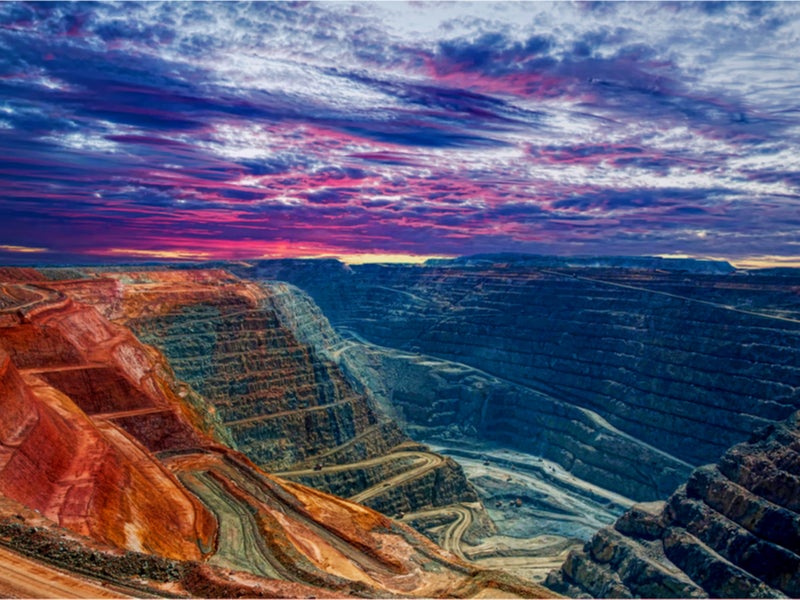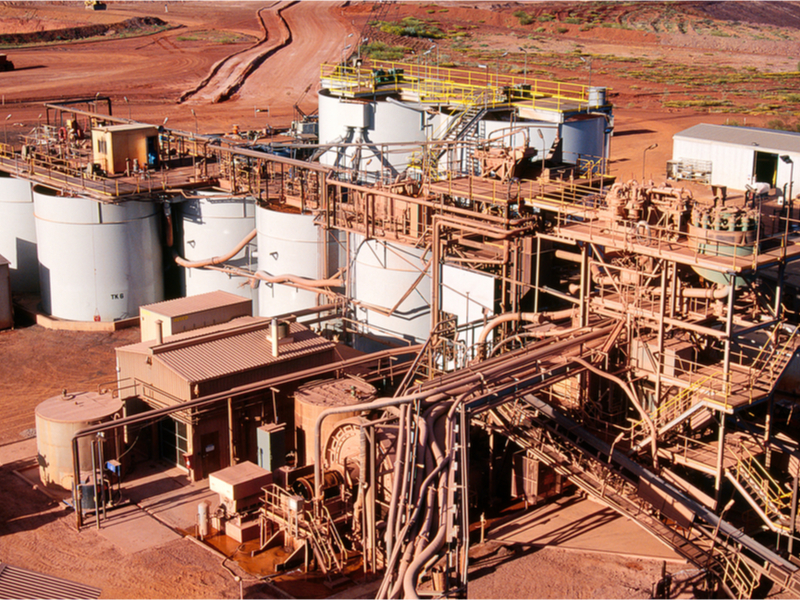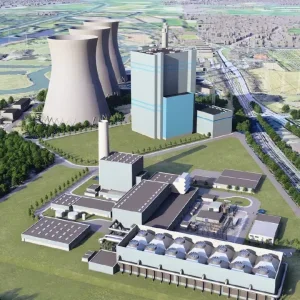
Australia has 14 of the world’s biggest gold mines, 11 of which are in the state of Western Australia.
This is the most prolific Australian state for the enterprise, where gold mining stands fourth behind iron ore, crude oil and liquified natural gas.
Western Australia was named one of the world’s best mining areas — after Nevada in the US — by Canadian mining companies surveyor, the Fraser Institute.
Major mining companies such as BHP and Rio Tinto have all been attracted to Western Australia. Covering more than half a million square kilometres, the region of Pilbara is one of the most resource-rich areas of the state.
Australia’s gold production in 2019 hit an all-time high of 325 tonnes, beating its earlier record of 317 tonnes, according to Melbourne-based mining consultants Surbiton Associates.
NS Energy profiles the top five gold mines of Australia:
1. Cadia Valley or Cadia-Ridgeway Mine
In terms of gold production, the Cadia Valley gold mine officially stands as Australia’s biggest mine. In 1992, Newcrest Mining discovered the Cadia Hill gold-copper porphyry deposit and in 1994 Cadia East was discovered.
Owned and operated by Newcrest, Cadia Mine is located in the Cadia Valley, 20 km south of Orange City, New South Wales, and is composed of a series of large underground and open-cut gold and copper mines.
Made up of the Ridgeway underground mine and the Cadia East underground panel cave mine, Cadia Valley is Australia’s second-largest open cut mine after Kalgoorlie’s Super Pit.
In 2018, Cadia toppled Newmont Goldcorp’s Boddington gold mine (in Western Australia) to become country’s top-producing gold mine. For 2018-19, Cadia Mine produced 912,778 troy ounces of gold. Its production during the third quarter of 2019 was 171,730 troy ounces of gold, which rose to 195,181 ounces in Q1 2020.

2. Boddington Gold Mine
Boddington Gold Mine stands second on our list. The largest gold producing mine in Australia until a couple of years back, it is located 13 km northwest of Boddington town in Western Australia’s Saddleback greenstone belt and 130 km southeast of Perth.
Owned and operated by Newmont Goldcorp, this mine commenced operations in 1987 as a three-way partnership between Newmont, Newcrest and AngloGold Ashanti. After purchasing AngloGold Ashanti’s shares, and Newcrest having left the partnership, Newmont became the sole owner in 2009. The mine is expected to have more than two decades of operational life remaining.
More expansion is expected for Boddington, with a $400 million cutback approved. The mine has a workforce of more than 2,000, which includes both employees and contractors.
In the 2019 fiscal, Boddington produced 703,000 troy ounces of the yellow metal, 6,000 less than the previous year. Its production for Q1 2020 was 142,000 troy ounces of gold.

3. Fosterville Gold Mine
Third on our list is the low-cost, high-grade underground gold mine Fosterville, which is located in the state of Victoria. Owned and operated by Kirkland Lake Gold Ltd. Fosterville took shape after gold was discovered in 1894 in the Fosterville area of Bendigo.
After small-scale mining by individuals until 1952, proper mining operations began to take shape and Fosterville became fully operational from 1989 onwards.
Fosterville mine — which covers more than five square kilometres — produced nearly 620,000 troy ounces in 2019. It is one of the most profitable gold mines producing a high-grade example of the precious metal. In the third quarter of 2019, it produced a record 158,327 troy ounces, a 75% jump from the 90,618 ounces produced in the third quarter of 2018. Its production for March quarter 2020 production stood at 158,864 troy ounces of gold.
4. Tropicana Gold Mine
Located 330 kilometres east-north-east of Kalgoorlie, on the edge of the Great Victoria Desert, Western Australia, Tropicana Gold Mine was discovered in 2005. With a span of 3,600 square km, it stretches about 160 km to be ensconced in the Yilgarn Craton and Fraser Range mobile belt junction. The mine is a rare example of huge gold deposits in metamorphic rocks, with the region is full of granitoid rocks that were subject to widespread recrystallisation and melting.
A joint venture between AngloGold Ashanti Limited (70% shareholder) and Independence Group NL (30% shareholder) since 2002, Tropicana Gold Mine’s proven and probable gold reserves are estimated to be 57.1 million tonnes.
The mine’s gold production for the 2019 financial year was 518,172 troy ounces.

5. Kalgoorlie Super Pit
In 1893, the discovery of almost 100 ounces of gold in present day Kalgoorlie-Boulder, Western Australia led to a gold rush, followed by the unearthing of one of the world’s richest gold deposits ― the Golden Mile. The gold strike led to the development of many small mines, which however struggled. They were eventually bought by Kalgoorlie Consolidated Gold Mines in 1989 (a 50-50 joint venture between Barrick Gold and Newmont Goldcorp, a status which changed in December 2019).
Kalgoorlie is called the Super Pit because about 58 million troy ounces of gold has already been mined from it since 1893, besides an average annual turnover of 800,000 troy ounces of gold for the past 25 years.
The Kalgoorlie Super Pit, also known as Fimiston Open Pit, was the biggest open pit gold mine Down Under and Australia’s biggest gold producer before Boddington overtook production in 2012 and mine size in 2016.
With a 17% drop in output in 2018, Kalgoorlie dropped out of the world’s top 10 gold mines list. It produced about 456,000 troy ounces of gold in 2019.
The Super Pit is expected to measure 3.5 km in length, 1.5 km in width and 700 metres in depth upon conclusion of underground mining in about 2026.
Kalgoorlie is still believed to have 7.3 million troy ounces of existing gold reserves according to Saracen Mineral Holdings, which struck a $750 million deal to buy out Barrick Gold’s 50% stake in December 2019. The remaining 50% is retained by Newmont.






